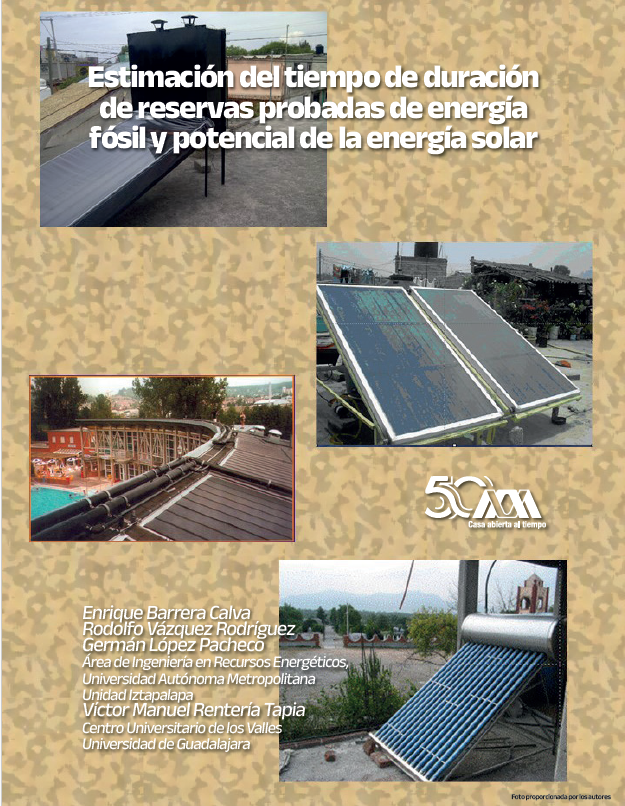Estimación del tiempo de duración de reservas probadas de energía fósil y potencial de la energía solar
Abstract
This analysis shows the proven and probable reserves of conventional energy as well as their probable duration times for a consumption that tends to grow over time. The magnitude of the energy resource is contrasted with what would be obtained if man massively used solar energy sources, and the duration of these resources is inferred in comparison with that of conventional resources. From this scenario, notable differences can be seen, so the development of solar energy technologies is an important incentive, which is why the study and constant promotion of them will allow in the short term a real energy transition that society deserves. An example is the so-called agrivoltaics technology, which is in the process of optimization, which allows, on the one hand, the generation of electricity and on the other, in the same area of land, to carry out agricultural or livestock production. This will make it easier to find a shorter payback period, which will lead to a lower levelized cost of energy for these alternatives.
Downloads
References
H. Ramírez-Murillo, et al, Estimación del potencial energético fotovoltaico y eólico mediante agrupamiento no supervisado por k-medias, 34 (2), Información tecnológica, 2023.
Max Roser, Cartogram showing the distribution of the world population by representing it through 15,266 squares, each representing half a million people, (2018). https://ourworldindata.org/world-population- cartogram. Recuperado 23 enero 2024.
Grupo Banco Mundial, Crecimiento de la población (%) anual, (2023). https://datos. bancomundial.org/indicator/SP.POP. GROW. Recuperado 23 mayo 2024.
W. Weiss, M. Spörk-Dür, Solar heat worldwide, Federal Ministry Republic of Austria, International Energy Agency, 2022.
IEA, International Energy Agency, Data and statistics, (2020). https://www. iea.org/data-and-statistics/data-tables?- country=WORLD&energy=Balances&- year=2020. Recuperado 22 diciembre 2023.
World Economic Forum, Asi ganan terreno las energías renovables frente al petróleo en Norteamérica, (2023). https:// es.weforum.org/agenda/2023/11/las-energias- renovables-ganan-terreno-a-los-combustibles- fosiles-en-norteamerica/. Recuperado 10 mayo 2024.






